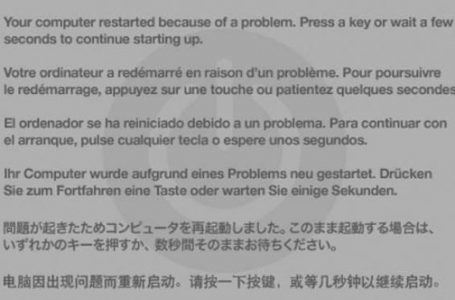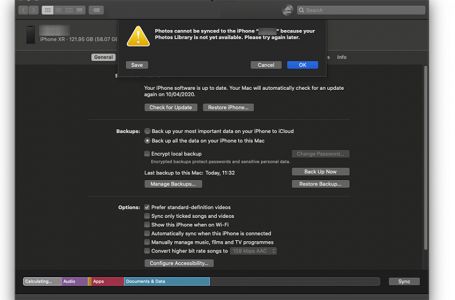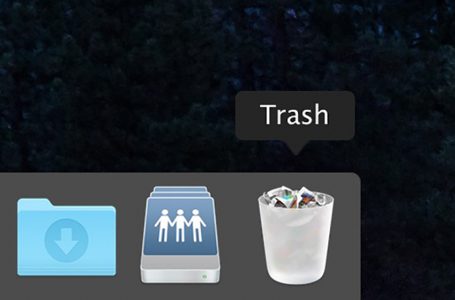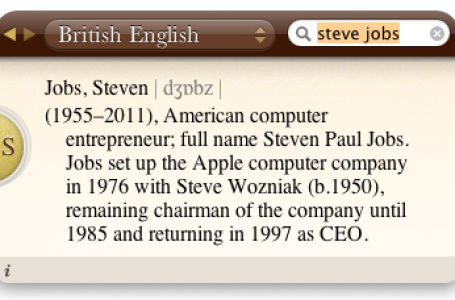Mac OS X Panther, Securing Your Mac
Mac OS X ships as a rock solid multi-user operating system, complete with the necessary security features that puts your fears of unauthorised access to your Mac to rest. There are several general security settings that you can set up for your Mac and these are strongly encouraged for the Mac roadwarrior where your notebook is easily accessible.
Log In Password
The first and most logical form of security is to enable a log in password at the point you create a user account. This will prevent unauthorised access to your user account and all files associated with it. A log in password is exceptionally important if the particular user is an Admin user. Its advisable to create a guest user account if you occasionally allow other people to use your Mac. This can prevent damage to your data in your personal user account as file permissions will be limited to the guest user account.
Password To Wake Computer From Sleep Or Screen Saver
This next form of access security ensures that your Mac is secured against unauthorised access at times when you are away from your Mac. Enabling the Sleep or Screen Saver password is an effective measure for your Mac to defend itself when you walk away from it from any given time.
To enable this carry out the following:
- open your Systems Preferences, by clicking on the Apple logo icon at the top left of your screen and selecting ‘System Preferences’;
- click on the ‘Security’ icon in your Systems Preferences menu;
- in your Security’s Pane you can select to enable a varied combination of access security options
Access Security Options
- ‘Require password to wake up from sleep or screen saver’, this option works best with your screen saver turned on. It also works for users who do not shut down but rather put their Macs to sleep;
- ‘Disable automatic login’, forces selection of a user accompanied by the relevant password to gain access to use of Mac at startup;
- ‘Logout after [X] mins of inactivity’, logs out active user account if left idle after a designated idle time, not a very secure or practical option if you are carrying out work that requires saving before shutting down the active application. The Save window will mar the logout process;
Enabling Your Mac OS X Built-In Firewall
Mac OS X comes with a built-in Firewall utility and if you’re using broadband Internet access its desireable to activate the Firewall to prevent unauthorised access of your Mac from individuals using the Internet. Mac OS X ships with the Firewall switched off by default, so activating your Firewall should be a standard procedure when you first receive your Mac.
To enable your Firewall, carry out the following:
- open your Systems Preferences, by clicking on the Apple logo icon at the top left of your screen and selecting ‘System Preferences’;
- click on the ‘Sharing’ icon in your Systems Preferences menu;
- in the Sharing Preference Pane, click on the ‘Firewall’ tab;
- click ‘Start’ to activate the Firewall
Within the Firewall Preference Pane, you can un/check the relevant boxes to set permissions to allow access to various ports on your Mac OS X. The most commonly required change in these settings is the ‘iTunes Music Sharing (3689)’ port. Enabling access to this is required for iTunes music sharing and Air Tunes music streaming to your Airport Express base station.
You may also change the name of your computer, as it appears on a network/Internet, here by keying the desired name within the ‘Computer Name’ field.
There are other security settings that can be implemented for your Mac OS X but these are more advanced and required Terminal access. In general, the above mentioned security settings are adequate for most users.
















